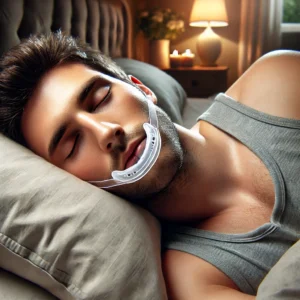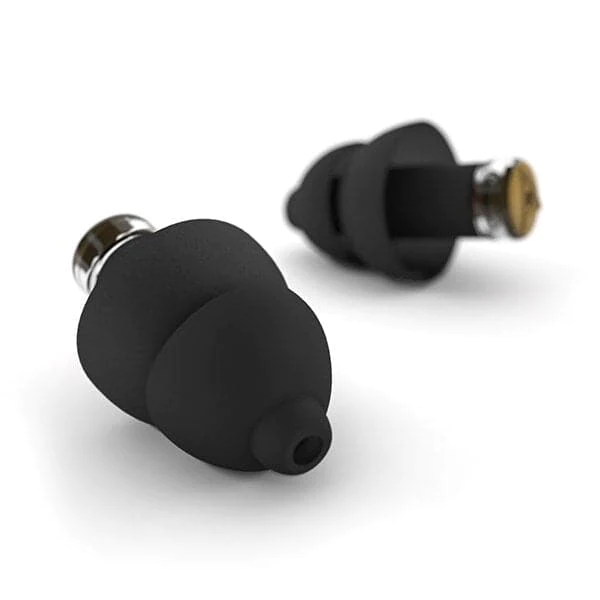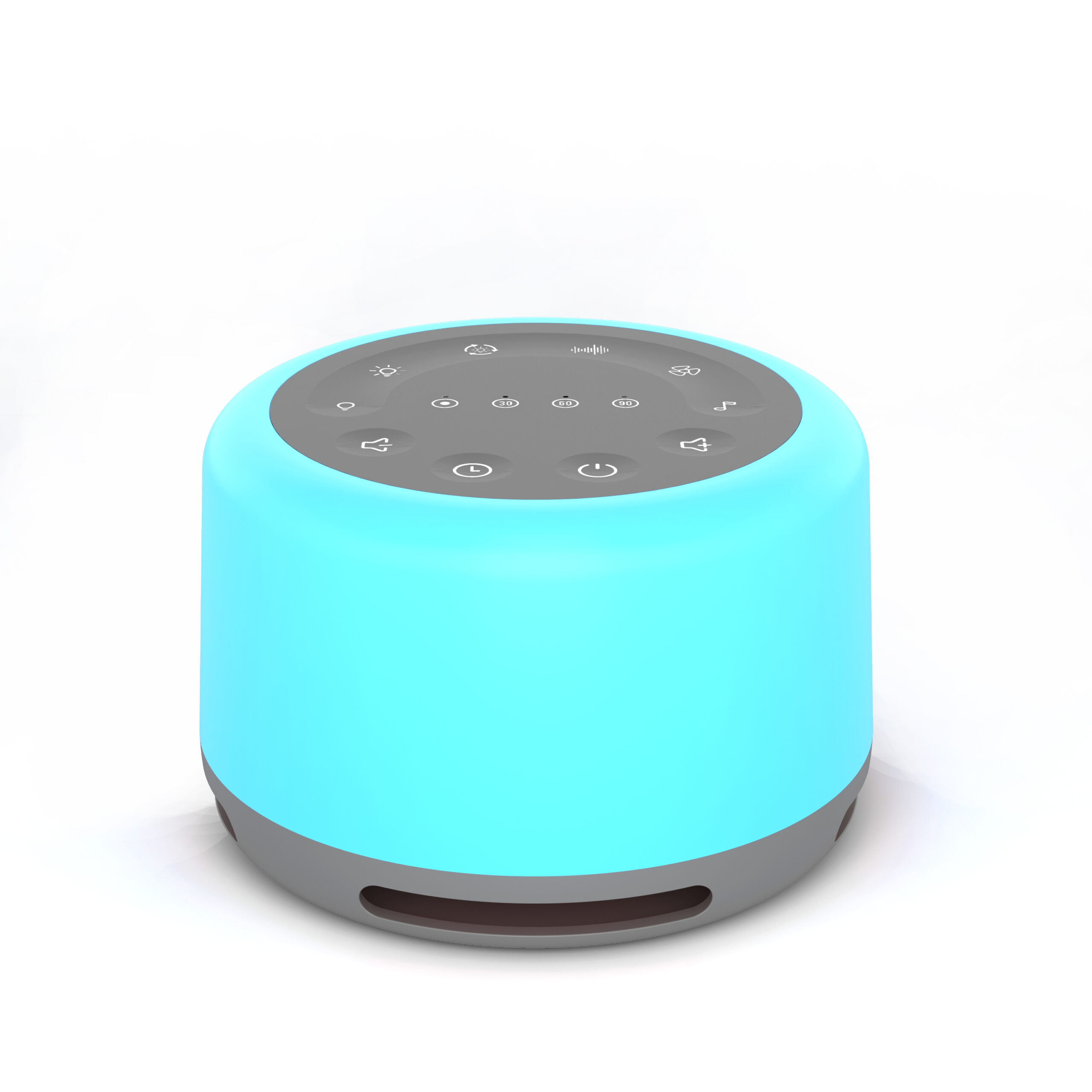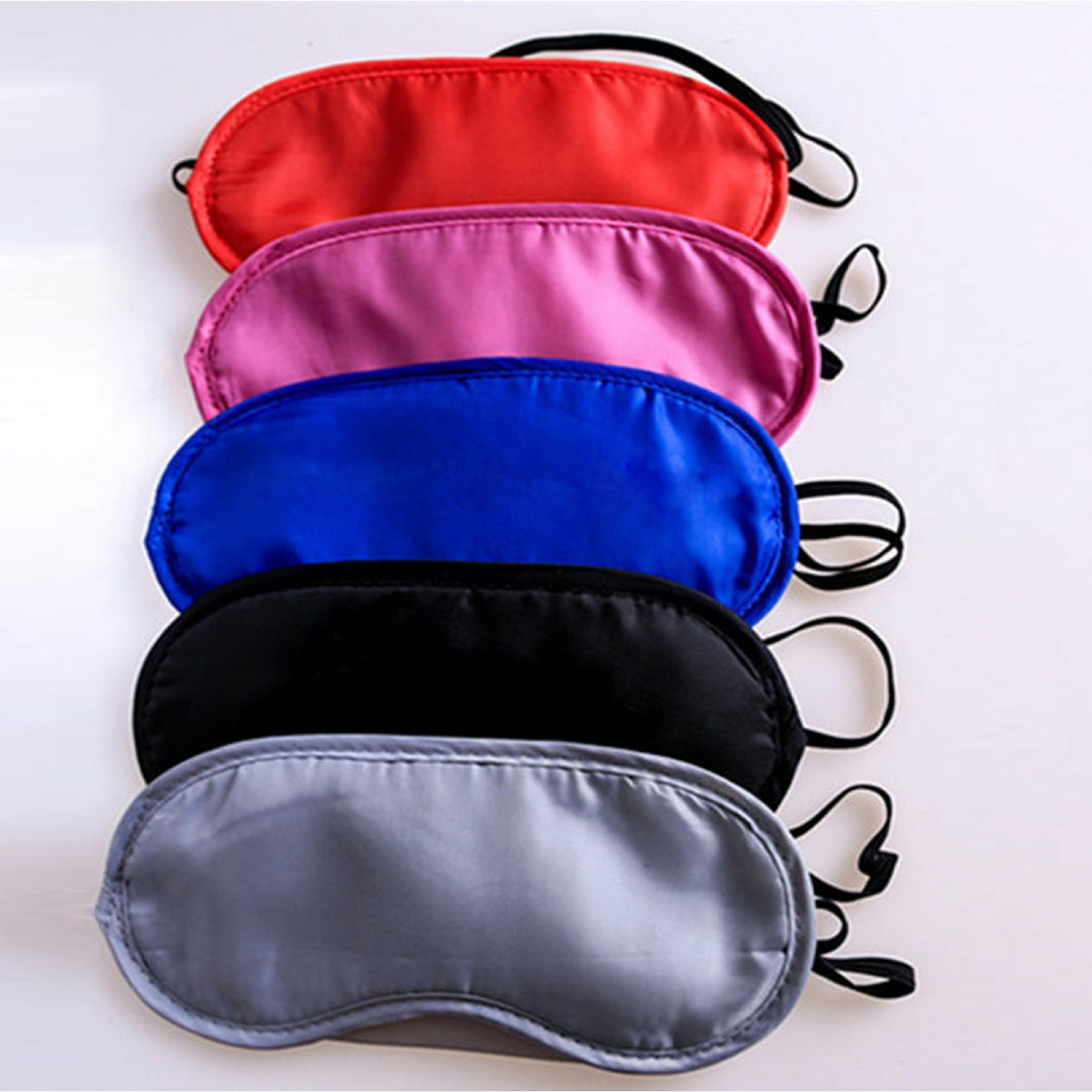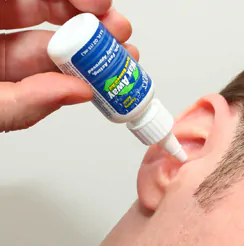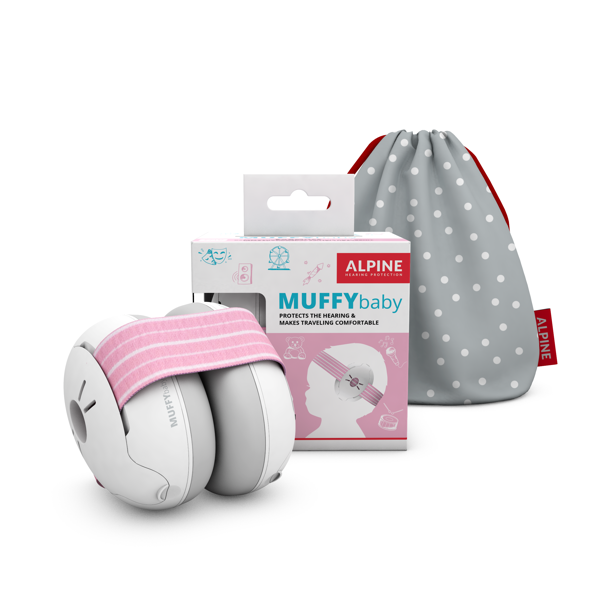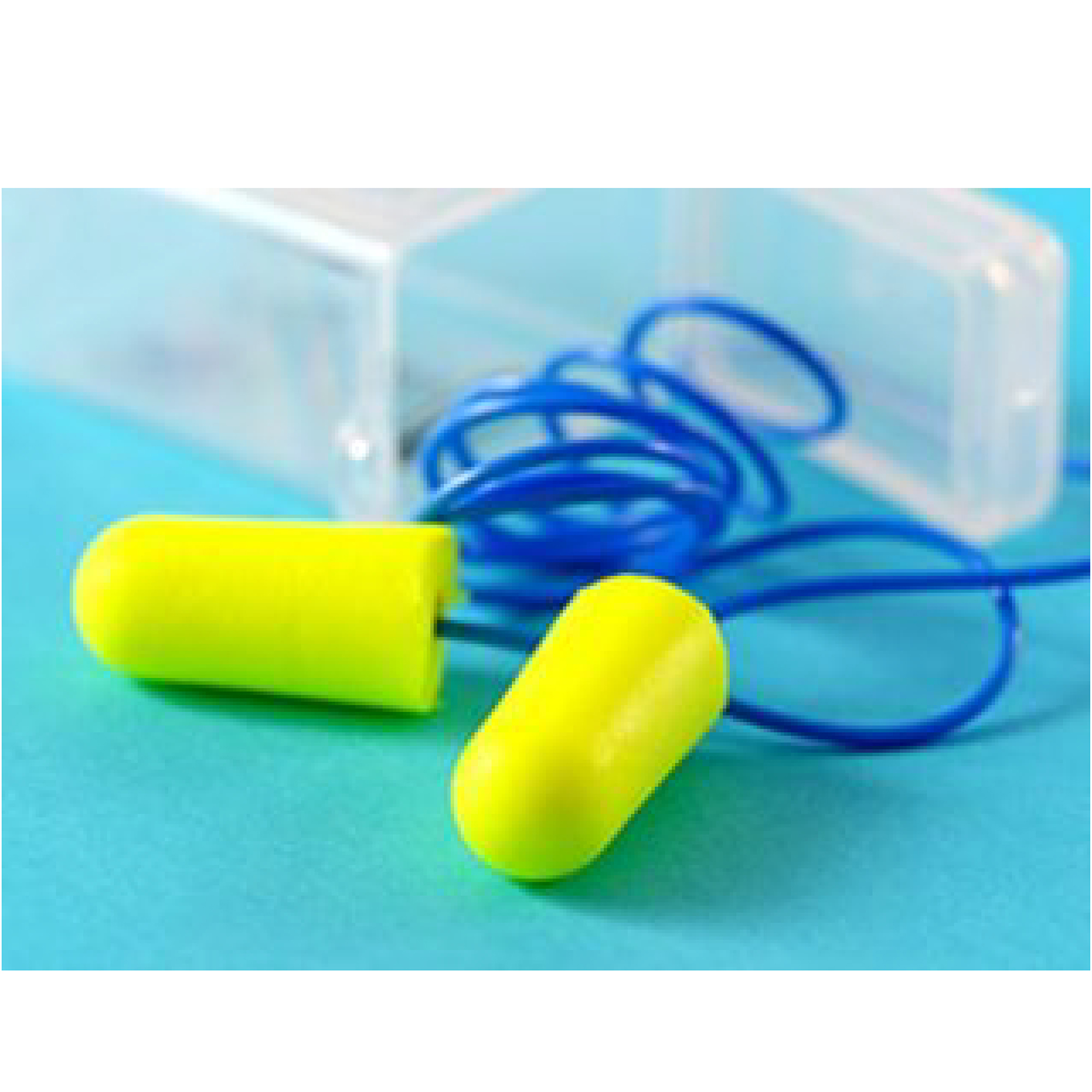Blog
How to Prevent Hearing Loss in Children 2024
- Daniel Hastings
Table of Contents
Hearing loss in children is a critical issue that demands attention, impacting approximately 3.4 to 12.8% children in Austrailia. The consequences of undetected and untreated hearing loss in children are profound, affecting language development, academic performance, and social interactions. Early intervention is key.
By understanding the early signs and ensuring timely treatment, we can pave the way for a future where every child has the opportunity to listen, learn, and thrive in a world rich with sounds. Learn the nuances of hearing loss in children and how the judicious use of earplugs can play a pivotal role in prevention.
What Can We Do?
Turn the noise down, limit noise exposure, and, of course… protect their ears! Why wouldn’t we? After all, they are the only ones that they’ll ever get! Earplugs are often too large (even earplugs for kids) and can be a potential choke hazard. The best ear protection and noise reduction for small children is children’s earmuffs.
It makes so much sense that you are here reading this today to take action in protecting your child’s hearing. Sleep and Sound offers high-quality, affordable hearing protection and noise-reduction earmuffs in Australia.
Sound is Even Louder for Children
Baby’s and kids’ ears are much more sensitive to loud noise than adult’s. A baby’s tiny ears are fragile and sensitive to sound. Children’s ear canals are much smaller, and the sound pressure generated in their little ears is typically greater than that of adults. In other words, babies’ ears are more fragile, loud sounds are even louder and hearing loss in children.
Create moments of calm by providing sound relief to sensitive little ears and aiding auditory hypersensitivity.
Are there Special Earmuffs for Babies?
Babies’ heads are a lot softer than toddlers’, and in bigger children, the skull is still forming until 18 months. This is why we recommend only our specially designed earmuffs for babies to protect their little ears.
Our Alpine Muffy Baby Earmuffs, unlike Baby Banz Earmuffs for Babies, which has a hard plastic over the headband that can place pressure on the baby’s head, has a super soft, elastic headband that can be easily adjusted to the correct size. It will not place any pressure on the baby’s head. Alpine Baby Earmuffs are specially designed and recommended for babies and small children up to 36 months.
Alpine Babies Earmuffs Vs. Baby Banz Earmuffs for Babies
 VS
VS 
Alpine Soft Elastic Headband Baby Banz Harder Headband
How Much Loud is Too Loud?
People often ask me this question, and there is an easy answer if you find that you need to raise your voice to be heard by someone standing at arm’s length, it is highly likely that the noise of your current environment is over 85 dB, which means that it could be potentially damaging your hearing.
How often have you seen your child needing to cup their hands over or stick their fingers in their ears because they’ve found themselves in an uncomfortably loud environment? The child could be distressed and agitated, and it is their innate response to cover their ears, which, when you have no proper hearing protection in place, is the best tip for the defence and preservation of their hearing!
It is important to monitor your child’s surroundings for noise exposure that exceeds recommended noise levels. Sounds are measured in decibels (dB). Safe sound levels vary based on the duration of exposure. Noises softer than 80 dB will not damage hearing unless the exposure lasts several hours.
The Australian Government statistics show that “Noise-induced hearing loss is associated with 37 percent of all hearing loss.” They have also confirmed that “the most common causes of hearing loss are aging and excessive exposure to loud sounds.” However, Noise-induced hearing loss is unfortunately on the rise, with data showing a particular increase in hearing loss amongst our younger generation that would not otherwise occur until middle to old age.
An estimated 12.5% of children and adolescents aged 6–19 years have permanent hearing damage from exposure to excessive noise, and 17% of adults aged 20–69 years suffer from irreparable hearing loss.
Where is Noise?
Noise is everywhere we go!
- Concerts
- Movie Theatres
- Festivals
- Household appliances (blenders, hairdryers, vacuum cleaners)
- Televisions
- Music (from smartphones, iPads, personal listening devices, etc.)
- Sports Events (football, soccer, basketball, etc)
- Motorized Sports Events (monster trucks, car & motorbike racing, etc)
- Power Tools, Drilling, Sawing, or Sanding
- Stereos In Cars
- Home Entertainment Systems
- Movie Theatres
- Restaurants and Cafes
- Kids Play Centres
- Fireworks Displays – New Year’s Eve, Christmas, Ekkas, Shows, Fairs etc
- Gyms (particularly fitness classes like Spin, Cardio Aerobics, etc)
- Garden Devices (lawnmowers, leaf blowers, chain saws, etc?
- Loud Toys
Yep, Loud Toys!
Noisy toys are ever so popular with little ones; the noisier, the better! Although we parents would beg to differ. My mother-in-law loves to buy our kids noisy toys… and I love to send them to her place to visit them to show them how much we appreciate her thoughtful gifts.
Most people do not realize that some audible toys can produce sound over 120 dB! What does 120dB sound like? To give you a frame of reference, you would hear the same volume of noise from a chainsaw, thunder, a car stereo full blare, or a Jet Airplane!!! Yes, who’d have ever thought?
What makes it worse is that the closer that loud noise is to a person’s ear, the more chance there is of hearing loss; it’s not uncommon for children to play with their toys and have them positioned close to their faces and little ears. Even toys with volume ranges of 80-90 dB can be harmful.
What Can You Do?
When are where possible, see if you can test the sound of the toy in the shop before purchasing it (give the mother-in-law the heads up on this tip, too). Keep a close eye (and ear) on little ones when they are playing with noisy toys and try to ensure that they are at a safe distance and limit the time allowed to play with noisy toys. Failing all that, remove the batteries.
Can you Hear Damage Build Up over time?
As It’s a Noisy Planet reported, “Hearing loss from too much noise may not be noticeable at first, but the damage can build over time and can’t be fixed.
Hearing damage due to noise exposure, which means any damage to our ears from noise, be it damage to the hair cells inside our ear canal or tinnitus (buzzing, ringing, or noise in the ear), is permanent and cumulative. This means that if you subject your ears to even small amounts of damage on several separate occasions, the damage adds up over time, and the horrible effects of hearing loss will remain.
How Long does it take for Noise to affect our Hearing?
Noise-induced hearing loss can happen from one single loud sound, such as fireworks or a gunshot, or more commonly, it occurs from repeated exposure to sounds over a longer period. The longer a person is exposed to loud noise without using earplugs or earmuffs to protect their hearing, the greater the risk of hearing damage occurring.
Hearing Loss in Children is Preventable
The worst thing about noise-induced hearing loss (NIHL) is that It cannot be repaired. Once the damage is done to ours or our children’s ears, that lost hearing sadly cannot be restored.
This is especially true when dealing with the delicate ears of a young child. The great news is that hearing loss caused by exposure to loud noise is easily preventable!
This is why our range of quality & effective earmuffs in Australia and ear defence products should be at the top of every parent’s agenda.
Why Is Ear Protection Needed?
The human ear is truly incredible; it plays a central role in our vital everyday communication and aids our ability to balance.
However, we live in a world with greater noise pollution than ever before as items like aeroplanes, drills, music devices, and even hairdryers reach potentially damaging decibel levels.
If your child’s ears are left exposed to those noises for extended periods, it can cause major damage, including the onset of tinnitus as well as lost hearing. Besides, the sound of fireworks and other loud items can be quite scary for youngsters, too. Earmuffs are the ideal solution.
Ear Protection designed with Young Ears In Mind
Ear defence for young children needs to be comfortable, practical, and fun. Here at Sleep and Sound, we pride ourselves on providing the best options on the market for little ones’ safety.
It’s important to note that children need to have their own pair of earmuffs and earplugs to prevent hearing loss in children and alleviate possible ear infections passed on by other wearers if sharing items.
Our child-friendly earmuffs can be used in an array of situations where noise levels are higher than normal, with the addition of ear plugs to give you complete control over protecting your son or daughter’s delicate ears.
Call our friendly team today if you’re still unsure which ear muffs are best for your child’s needs!
What Can You Do?
In our ever-growing noisy world, not all exposure to noise can be prevented, but with a little effort from you, it is easy to shelter your child’s ears and protect their hearing with earmuffs when the noise is too loud for long periods of time.
You can choose from our wide selection of colours to buy earmuffs online. View our quality Kids’ Earmuffs & Adults’ Earmuffs now.
Preventing Hearing loss caused by exposure to loud sound
We use our ears every day in so many ways. We use our ears to communicate; we use our ears to learn and entertain ourselves by listening to movies and music. So, it is necessary to prevent hearing loss in children. Our ears help us to be alerted of danger from warning signals. A world without hearing is one that I hate to imagine.
Noise-induced hearing loss is preventable. Here’s what you can do today to protect your ears for tomorrow:
- Identify when loud is too loud (whether it be from the lawnmower, the TV, or a sports event and try to limit exposure.
- Choose behaviours to protect hearing:
- Turn down the volume.
- Move away from the loud sound.
- Avoid or limit exposure to loud sounds.
- Use ear protection! Earmuffs, earplugs, or, at the very least, your fingers or hands.
If you are concerned about your or your child’s hearing in any way, contact your local licensed audiologist or other qualified professional.
Conclusion
In conclusion, protecting our children’s hearing health is a shared responsibility that demands preventive steps and ongoing knowledge. Hearing loss can have a severe influence on a child’s development and quality of life, but we can considerably lower the chance of hearing impairment in the younger generation by implementing the tactics and practices outlined.












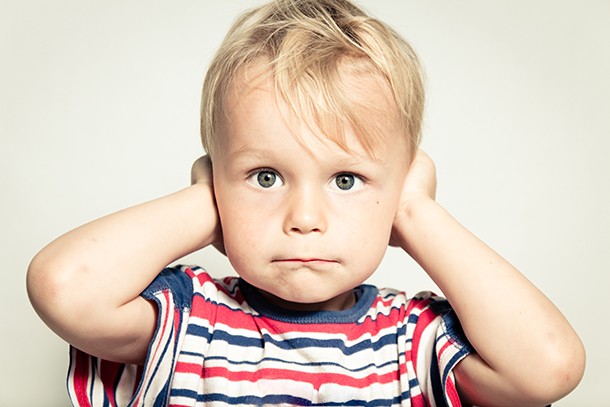

























 VS
VS 
